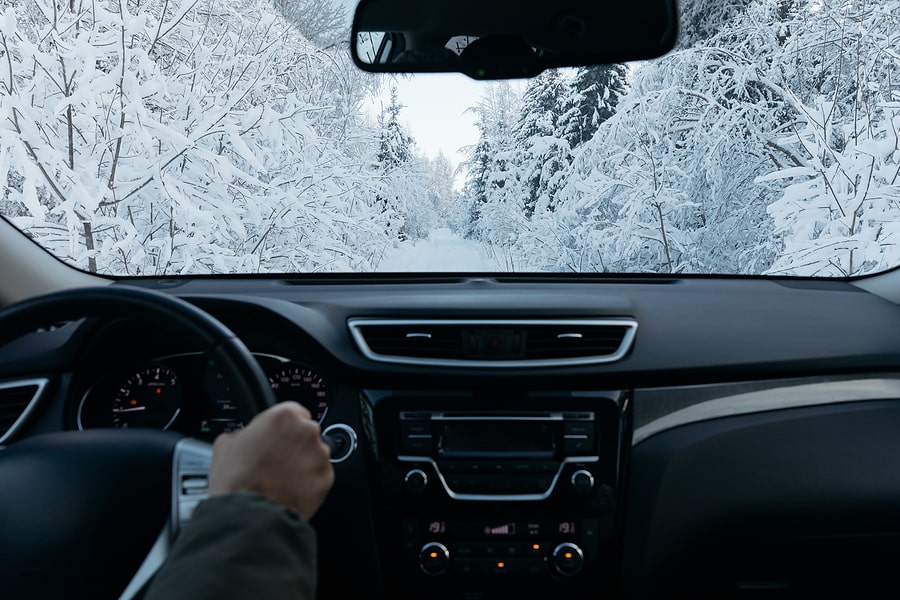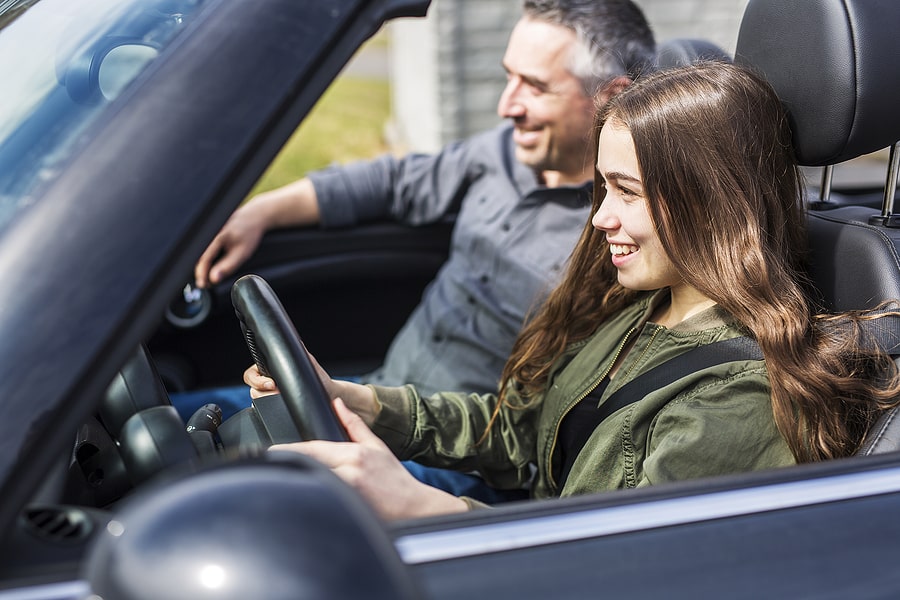By: Molly Flannery
Essay Subject: What law would you change or introduce to reduce car accidents?
[huge_it_share]
Last year 6 million car accidents occurred across the country resulting in over 90,000 deaths. According to infographic.org, 30% of accidents resulting in death were caused by speeding and 33% were caused by reckless driving. Whether it is an honest mistake or the responsibility of another driver, accidents happen. Even safe, law- abiding citizens are subject to car accidents.
Two years ago, a friend of mine got a speeding ticket. Even though he was driving the indicated speed limit, the police officer informed him that he was driving too fast for conditions, as it was a rainy day. But what exactly is too fast for conditions? How could a ticket be given for a crime without an operational definition of what the crime is? Furthermore, how are drivers varying in age and experience supposed to know what speed will keep them safe during inclement weather? In our fast paced culture, many people treat the speed limit as the speed minimum, with new drivers being taught to “keep up with the traffic” and often getting honked at or worse for driving too slow. Driving in rain or snow is intimidating enough without the additional pressure of impatient drivers.
Rain and snow affect both the driver and the vehicle. According to autoinsurance.org, over 1.5 million accidents a year are reported with weather as the cause and 57% of weather related accidents go unreported. Rain and snow cause more accidents than alcohol and drowsiness combined. They reduce the amount of light available by settling on headlights and diming them. Rain that reflects light back to the driver’s eye is called “backscatter” and reduces the driver’s depth perception. This is particularly dangerous when the roads are slick and breaking is difficult because surrounding traffic may be closer than the driver thinks. Moreover, poor visibility and lower control of the car limit the driver’s focus to what is directly in front of him or her rather than peripherals and rear. The inclement weather is also a distraction for the driver as he or she tries to defog the windows while listening to the radio for traffic accidents.
I propose an inclement weather speed limit be introduced around the country. State legislators in charge of deciding the speed limit should come up with an alternative speed limit for each area whenever there is bad weather. I suggest a five to ten mile per hour decrease depending on the frequency of accidents in that area. There should also be a set definition of what constitutes as bad weather. For example, an inch of snow on the ground could be cause to implement the reduced speed. Other regional factors could be considered as well, such as fog, dust, or high speed winds.
This primary intervention will be relatively cheap and easy to establish. A reduced speed sign should be posted beneath every regular speed sign so that drivers can easily locate them and learn the new speed limits before the bad weather hits. If states decide to allocate the money, flashing lights can be installed around the signs to indicate when drivers should be using the reduced speed limits. Tickets should be issued just the same as if somebody was caught speeding under regular conditions. This way safe drivers know what speed is best to travel during rain or snow and risky drivers will have a legal incentive to slow down.
This change reflects laws that already exist in some areas regarding the speed limit for trucks or for night driving. A reduced speed not only forces drivers to slow down in the rain or snow, but it brings awareness to the issue of impaired driving. If drivers see bad weather as a potential hazard, they may be more apt to drive more carefully. That is, not texting, eating or partaking in any other distracting activities while driving.
Adjusting the speed limit to be appropriate for conditions will reduce accidents caused by drivers losing control of their vehicles. Not only will people feel safer on the road in times of bad weather, but also they will be at a reduced risk for accident. This is a simple solution to the millions of tragedies each year caused by weather related accidents. Together we can protect safe drivers by giving them guidelines and reducing the risky drivers around them.




